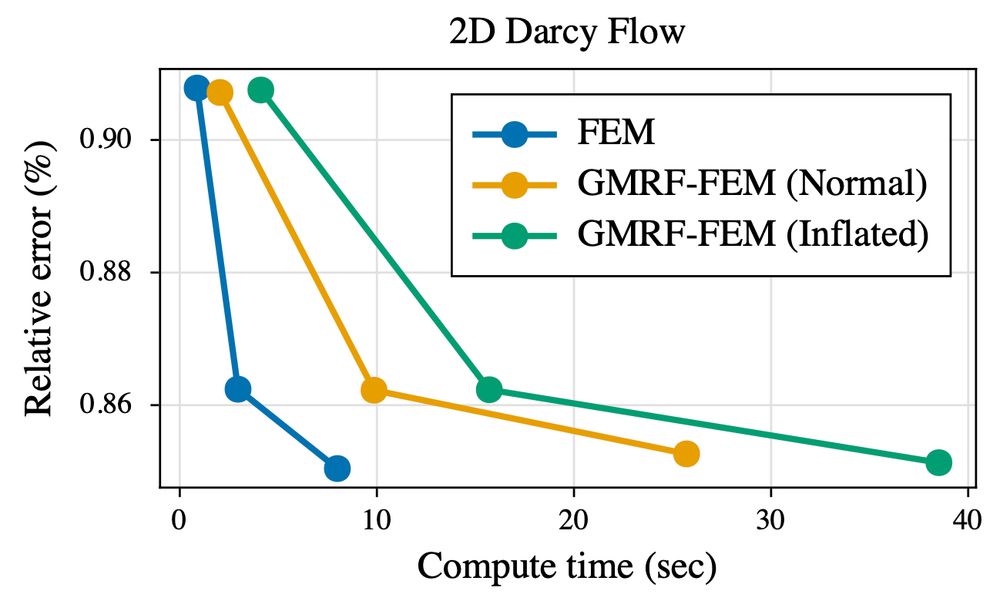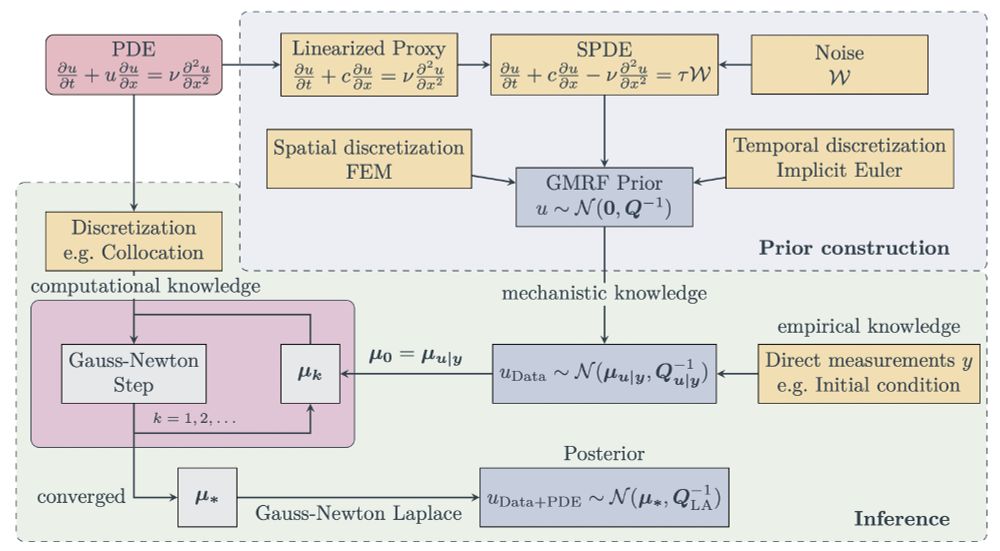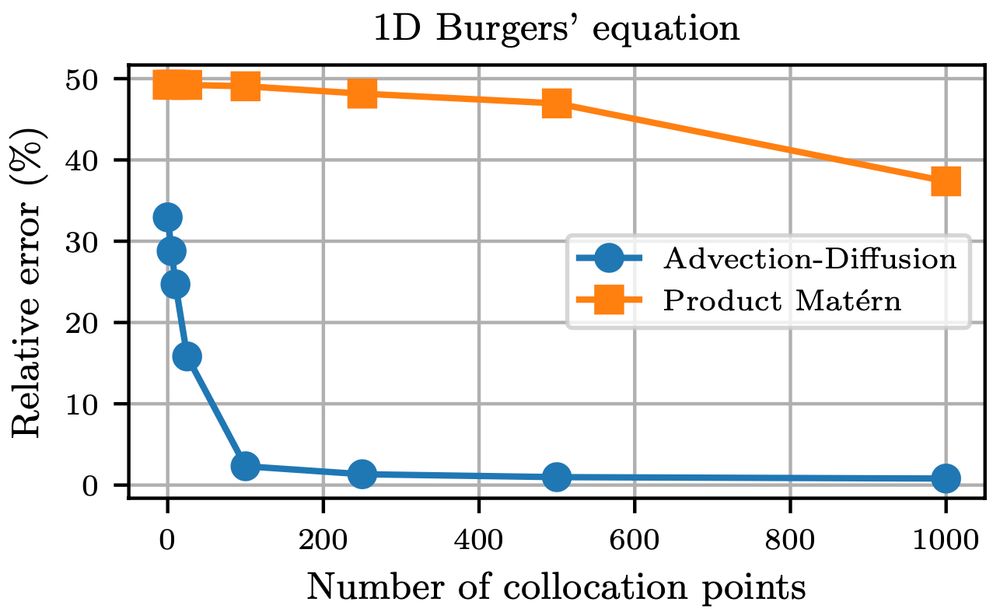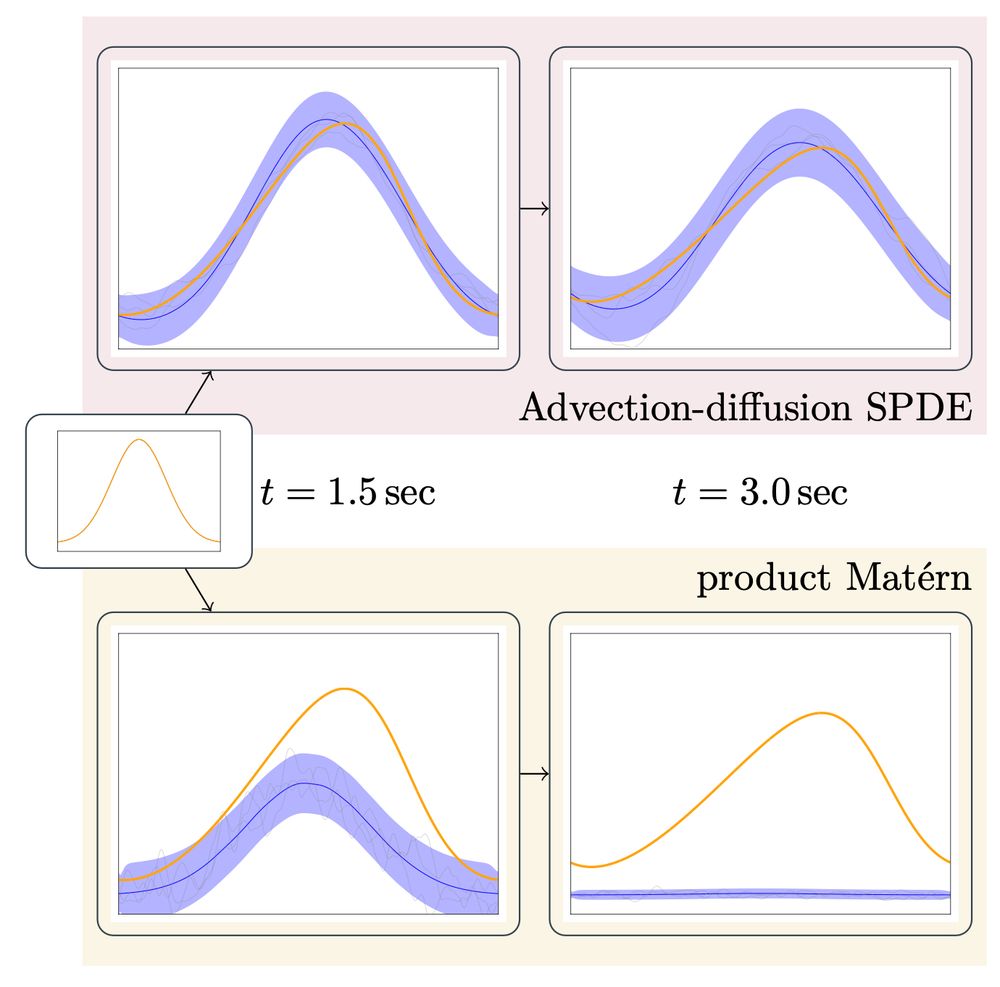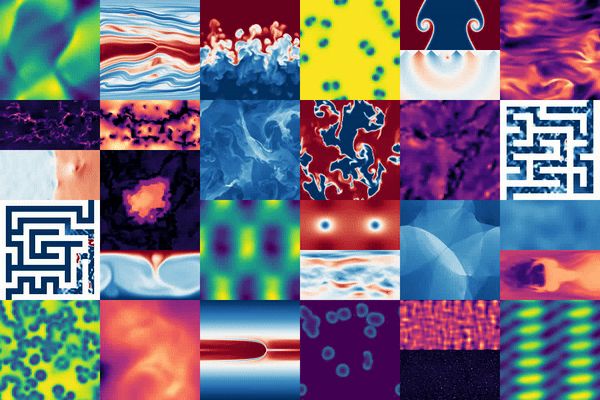Tim Weiland
@timwei.land
390 followers
260 following
15 posts
PhD student @ ELLIS, IMPRS-IS.
Working on physics-informed ML and probabilistic numerics at Philipp Hennig's group in Tübingen.
https://timwei.land
Posts
Media
Videos
Starter Packs
Pinned
Tim Weiland
@timwei.land
· Apr 24
Reposted by Tim Weiland
Reposted by Tim Weiland
Tim Weiland
@timwei.land
· Mar 17
Tim Weiland
@timwei.land
· Mar 17

Flexible and Efficient Probabilistic PDE Solvers through Gaussian Markov Random Fields
Mechanistic knowledge about the physical world is virtually always expressed via partial differential equations (PDEs). Recently, there has been a surge of interest in probabilistic PDE solvers -- Bay...
arxiv.org
Tim Weiland
@timwei.land
· Mar 17
Tim Weiland
@timwei.land
· Feb 16

Reparameterization invariance in approximate Bayesian inference
Current approximate posteriors in Bayesian neural networks (BNNs) exhibit a crucial limitation: they fail to maintain invariance under reparameterization, i.e. BNNs assign different posterior densitie...
arxiv.org
Reposted by Tim Weiland
Tim Weiland
@timwei.land
· Dec 30
Tim Weiland
@timwei.land
· Nov 19
Tim Weiland
@timwei.land
· Nov 19


